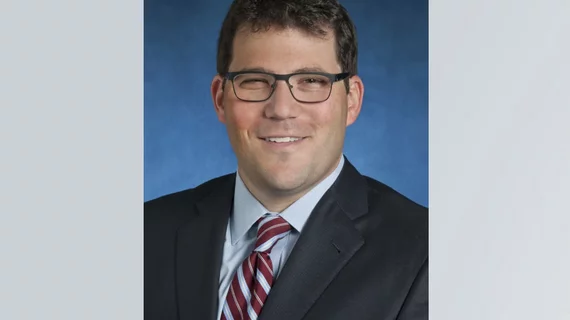Bariatric embolization helps severely obese patients lose weight
Bariatric embolization leads to weight loss and a reduced appetite for up to one year after the procedure, according to new research published in Radiology.
The Bariatric Embolization of Arteries for the Treatment of Obesity (BEAT Obesity) trial explored the procedure’s effectiveness with 20 severely obese participants enrolled from June 2014 to February 2018. Sixteen participants were women, and the mean age was 44 years old.
Bariatric embolization was performed with no major complications on all participants. After one month, the mean excess weight loss was 8.2 percent. It was 11.5 percent after three months, 12.8 percent at six months and 11.5 percent at one year. Participants felt less hunger and felt full when eating earlier than before. In addition, the patients expressed that their quality of life had improved after one year.
“This is a great step forward for this procedure in establishing early feasibility, safety and early efficacy,” lead author Clifford R. Weiss, MD, from the Johns Hopkins University School of Medicine in Baltimore, said in a prepared statement. “It is fulfilling to all of us to see something that started as an idea develop through about a decade of research and then go all the way to an initial clinical trial.”
Additional research on the patients’ hormonal changes will be released in the near future. Other studies on bariatric embolization—including “the possible impact of the placebo effect”—are also planned. In the statement, Weiss noted providers are starting to realize that obesity is a disease that must be treated on a patient-by-patient basis.
“The reality is that obesity itself is an individualized disease that requires individualized treatments,” he said. “I see a day when there will be a multidisciplinary obesity clinic where six or seven different practitioners get together to treat the patient. This is already happening at some sites, but they are rare and they need to be more widespread, like multidisciplinary cancer centers.”

